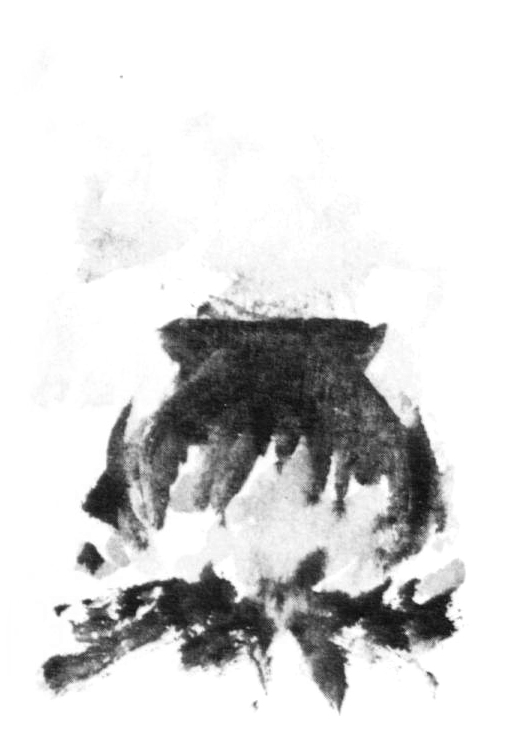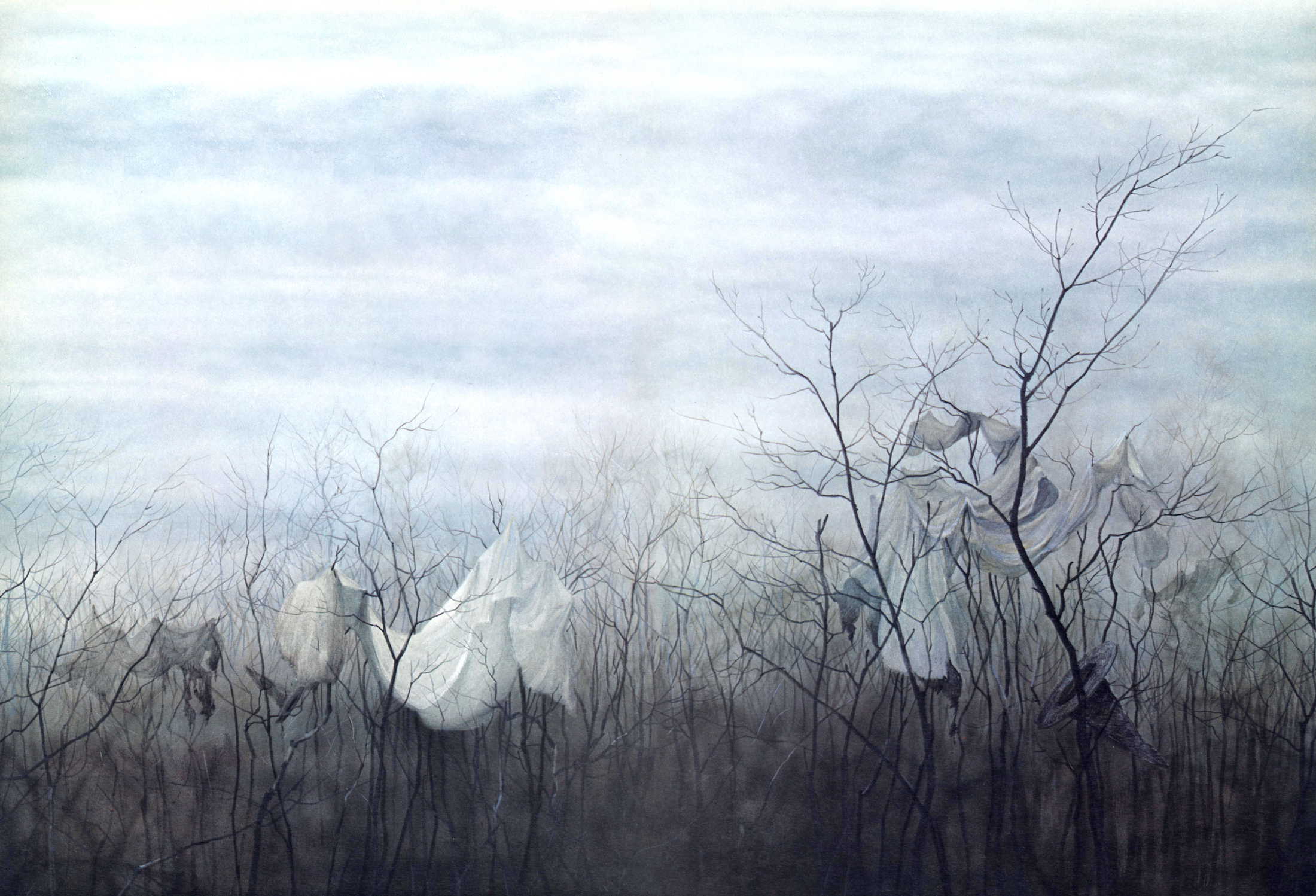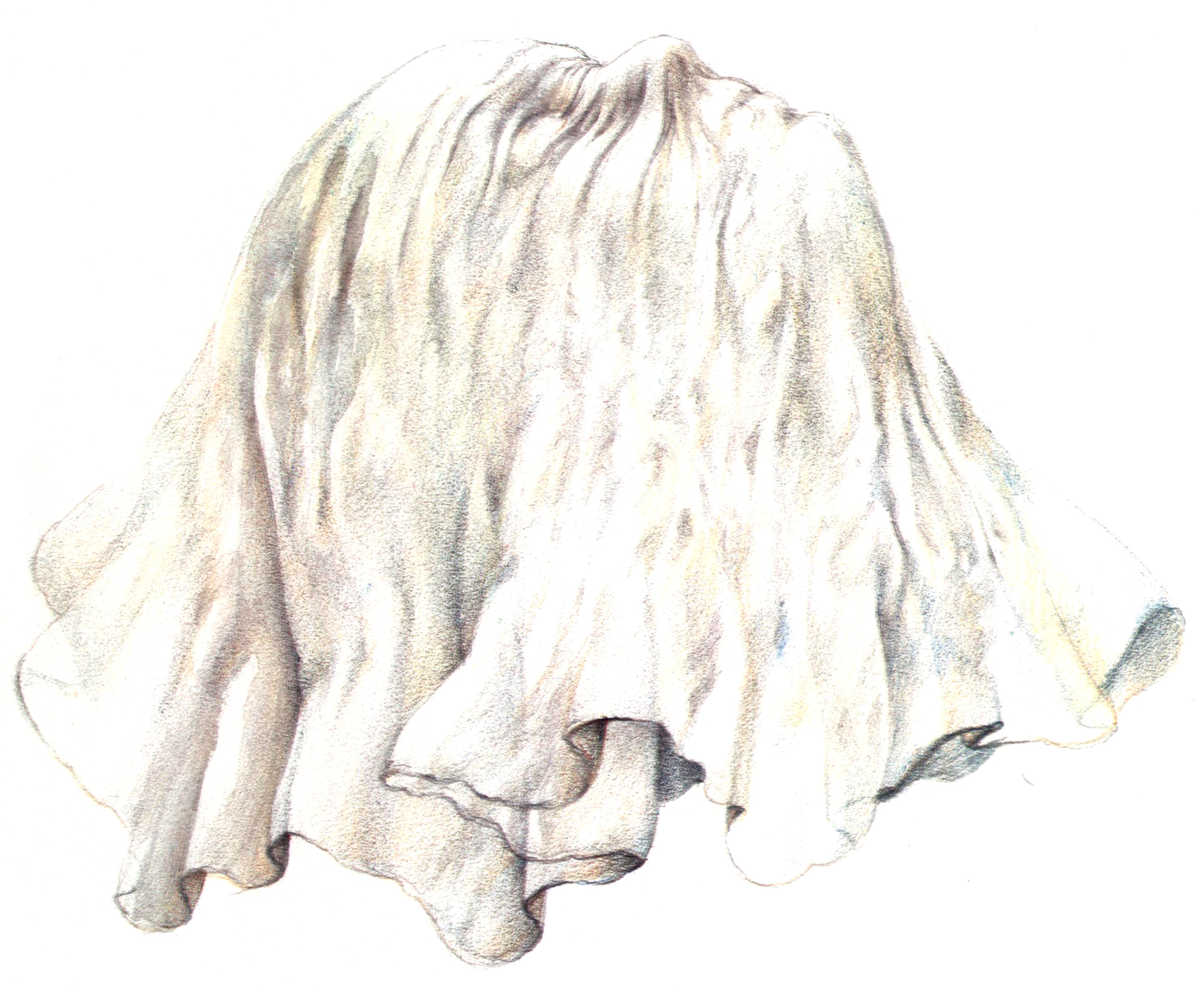

In Conclusion: The Communal Myth of the Witch
From the most ancient times to the present, the history of witchcraft has been inextricably bound up with male fear of women—the tendency of the masculine unconscious to equate women with evil (or at least with the unknown, which is presumed to be evil).
Though the ancient Sumerians, Minoans, Egyptians, and others give us powerful female deities with positive (as well as negative) aspects, classical literature gives us mostly dark enchantresses like Circe, Medea, and Oenothia—women who may seem alluring at first, but whose main aim is to deprive men of their power and autonomy. It would be naive to assume that simply by turning this archetype upside down, singing the praises of ancient goddesses and condemning Greek and Judeo-Christian gods, we will change the basic fears of mankind—specifically the attempt to project masculine sexual panic onto woman, The Other.
Still, by understanding the figure of the witch we will go a long way toward understanding the basic misogyny that is reinforced nearly everywhere in our culture. It is vital that we try to see religious myths not as immutable god- (or goddess-) given truths, but as reflections of human society and human fears. Religion always reinforces social structures—which, in turn, reinforce religion. Thus, if people worship trees, crops, and women, an agricultural society is implied. If they worship men and martyrdoms, a warrior state. If they grow disaffected with that and explore the virtues of nature-worship (as today), it is because the male technological state has disappointed them.
We all seek in religion both confirmation and nostalgia—confirmation of what we already believe, and nostalgia for what we think we lack—thus the current fascination with neo-pagan goddess worship. But, in truth, goddess worship in its time may have inflicted as many abuses as any organized religion, while today it perhaps seems a quaint oddity and the tool of female rebels. It is less important whether we worship the holy spirit in the form of a tree, a woman, a man, or an animal than that we do worship and honor it. At the same time, we must accord each other the right to atheism or agnosticism—for religion becomes little more than fascism if it is compelled rather than self-motivated.
The history of the world has never lacked for coercion and bloodshed in the name of God. No age is immune to witch-hunting because witch-hunting serves such a multiplicity of purposes. It may be used politically, either to do away with enemies or to divert blame from the ruling class. It may be used to intimidate one class (women, the poor) and keep them effectively under the heel of another. It may be used to shore up shaky ecclesiastical authority.
In our culture, witch-hunting has been a terrifying tool for the repression of women’s autonomy. During the witch-craze, many women were burned, not for harming but for healing. The very presumption of being able to cure the sick sent countless women healers to their deaths at the stake. As long as women were considered by their very nature a criminal class, their practice of the healing arts was as hateful to patriarchal authority as their aspiration to the priesthood.
We must not make the mistake of thinking that this attitude toward women is dead. It has merely taken new forms. The sort of reasoning that would try a woman for murder if she sought an abortion could well lead to renewed witch-hunts. As long as we honor a system of morality that divides women into whores and virgins, that punishes women for their sexuality, and that puts the control of women’s bodies in the hands of predominantly male governing bodies, we will have a world where witch-hunting can recur at any time under new guises.
In the witch we have a kind of communal myth to explain a variety of psychological experiences that, in all ages, people must have found puzzling. The witch is a mythic embodiment both of the male fear of women and of the female distrust of self. She represents female freedom, female power, female sexuality, but her torture and burning also represent the fierce retribution that women fear will follow immediately upon their exercise of freedom, power, and sexuality. She represents male fantasies of unbridled female sexuality, but she also represents the swift and ferocious punishment women have generally endured for that sexuality. She is a powerful archetype because she enshrines so many fantasies at once. In a world where both sexes are taught to fear and despise female autonomy and assertion, the witch becomes a perfect symbol of female crime and punishment—a symbol that is equally potent for women as well as men.
When we laugh at the figure of the witch, when we laugh at our ancestors for believing in her evil, when we laugh at those who warn us of the grim morals of the age of the witch-hunts, we bring a renewed siege of witch-hunting that much closer.

In her rattling cart, blindfolded, gagged, bound, on the way to the torture chamber, the gallows, the stake, the witch is trying to tell us something. She is trying to warn us. Hear her. She may be you—next time.

For All Those Who Died
For all those who died—
stripped naked, shaved, shorn.
For all those who screamed
in vain to the great Goddess
only to have their tongues
ripped out by the root.
For all those who were pricked, racked, broken on the wheel
for the sins of their Inquisitors.
For all those whose beauty
stirred their torturers to fury;
& for all those whose ugliness did the same.
For all those who were neither ugly nor beautiful,
but only women who would not submit.
For all those quick fingers
broken in the vise.
For all those soft arms
pulled from their sockets.
For all those budding breasts
ripped with hot pincers.
For all those midwives killed merely for the sin
of delivering man
to an imperfect world.
For all those witch-women, my sisters,
who breathed freer
as the flames took them,
knowing as they shed
their female bodies,
the seared flesh falling like fruit
in the flames,
that death alone would cleanse them
of the sin for which they died
the sin of being born a woman,
who is more than the sum
of her parts.